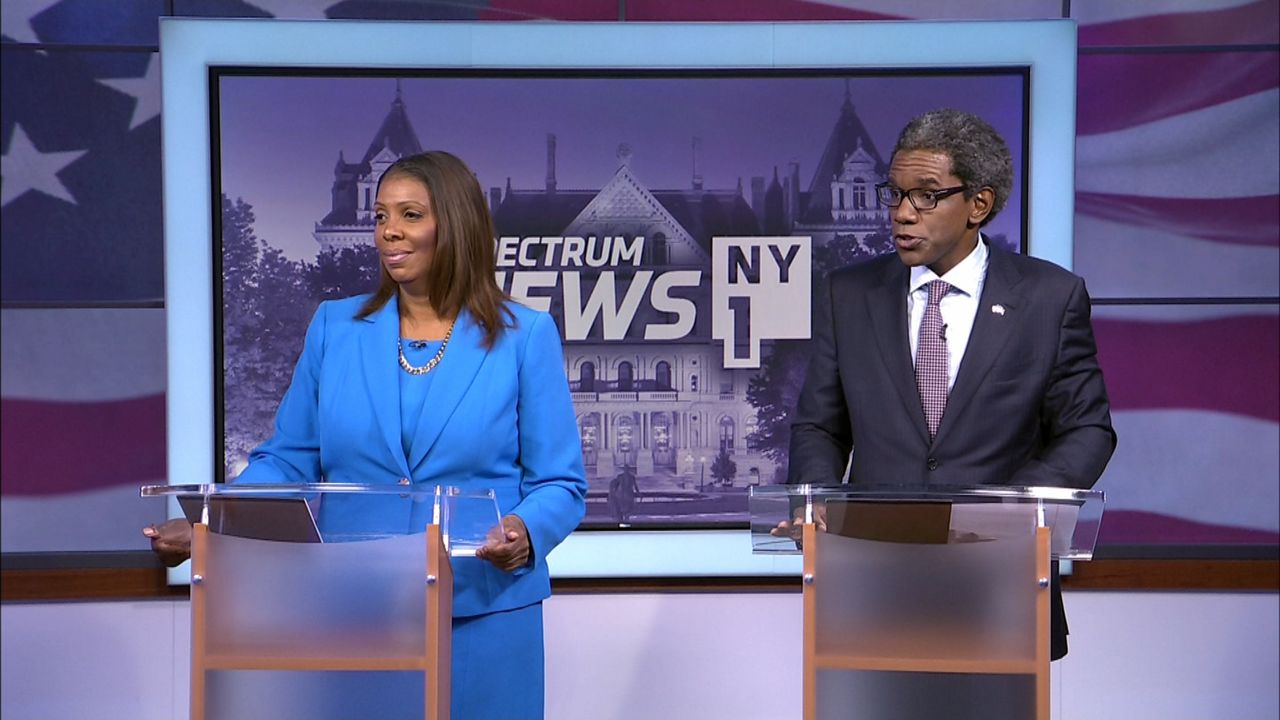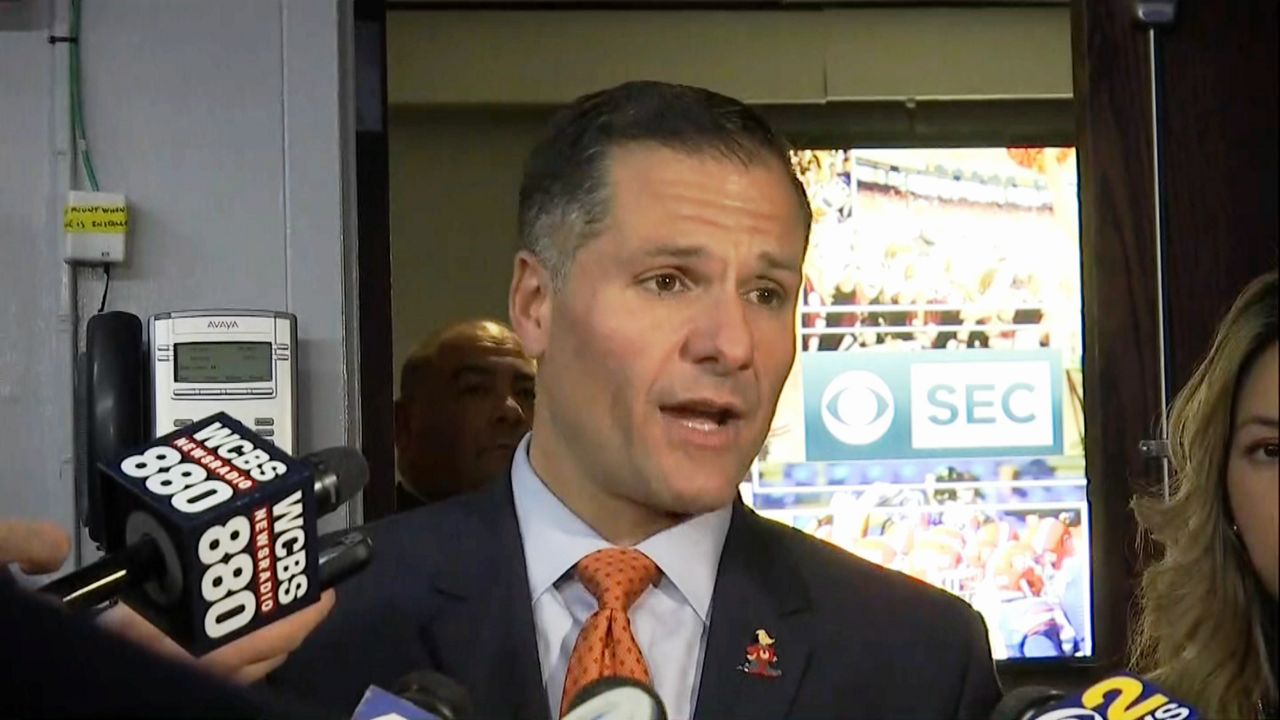A small but influential political party in New York voted Wednesday night to remove Cynthia Nixon from the November ballot line in the race for governor, paving the way for the party to endorse Gov. Andrew Cuomo and give him its line.
The Working Families Party submitted paperwork to the Board of Elections to remove Nixon from its party line on the general election ballot. The party also voted to remove Brooklyn City Councilman Jumaane Williams, Nixon's running mate who lost his Democratic primary in the lieutenant governor's race, from their ballot line in that race.
Cuomo and Lt. Gov. Kathy Hochul now have until Friday to accept the party's endorsement. If they agree, their names would appear on the Democratic and Working Families Party line in the general election. Nixon and Williams would also have to agree.
The leaders of the Working Families Party met in lower Manhattan to decide if they would stick with Nixon, who they endorsed for governor in April, or try to give Cuomo the party's line on the ballot. Last month, Nixon lost to Cuomo in the Democratic primary in the race for governor, but she had been guaranteed a spot in the general election ballot in November because she won the Working Families Party endorsement.
But getting Nixon off the Working Families Party line for the governor's race means she would have to, on paper at least, run for a different office. The party submitted substitutions to the Board of Elections to allow Nixon to run for the 66th state Assembly district, which covers Greenwich Village and a portion of TriBeCa.
Democratic Assemblywoman Deborah Glick represents that district, and while Nixon previously said she would campaign for Glick if she was swapped off the governor's race ballot, there is still a risk to Glick that voters could vote Nixon into that office.
Williams, meanwhile, would appear on the ballot against incumbent state Sen. Simcha Felder in Brooklyn. Williams has said he also wouldn't actively campaign for that office.
Party members had emailed each other for the past several weeks to discuss what direction to go in. Some members at the meeting tonight said they wanted to stick with Nixon because they were unsatisfied with Cuomo's two terms as governor, but some also said they wanted to clear the path so Cuomo could defeat his Republican opponent, Marc Molinaro.
If Nixon remained on the ballot, she could have potentially split Democratic votes and given Molinaro a greater chance to take down Cuomo. But the decision was arguably a win-win for party leaders, regardless, because it needs 50,000 votes in November in order to get an automatic line on all ballots for another four years. Those votes could determine the party's survival.
Nixon or Cuomo may have gotten the 50,000 votes on the November ballot; a recent Siena College poll found 10 percent of voters said they would vote for Nixon in a theoretical six-person field for governor in November, while Cuomo polled at 50 percent compared to Molinaro's 28 percent.









